Shikaku Puzzles Collection
Looking for a fun logic puzzle involving area? These free printable shikaku puzzles involve packing rectangles of given areas into a provided grid.
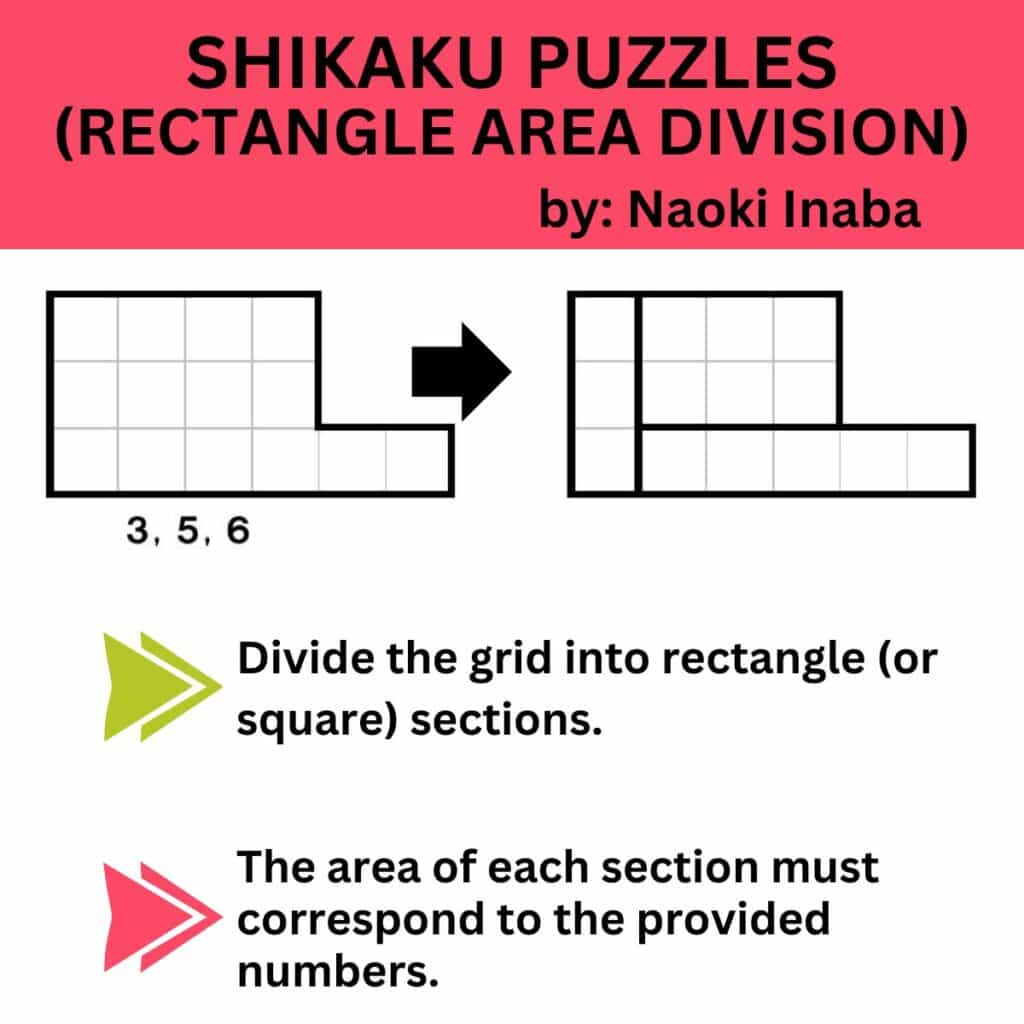
I first learned about shikaku puzzles from Bowen Kerins, and I have been using them in my high school math classroom ever since.
Looking for more printable geometry puzzles for your classroom? Here’s just a few examples of other geometry puzzles I have shared!
What are Shikaku Puzzles?
Shikaku Puzzles are a geometric-based logic puzzle from Japan. These puzzles have also been known by the names sikaku, rectangles, or divide by box (shikaku ni kire in Japanese).
The goal of a shikaku puzzle is to subdivide the grid into rectangles (and squares) so that exactly one number appears in each rectangle. Additionally, the number in each rectangle must correspond with the area of the rectangle. No rectangles may overlap.
Teaching Math with Shikaku Puzzles
Shikaku puzzles can be tied to the mathematics curriculum in multiple ways. They are a natural fit for a unit on area. They also make a great tie-in to prime vs composite numbers.
I find that my students who enjoy hidoku puzzles also really enjoy these shikaku puzzles.
My initial research of shikaku puzzles led me to an article by Dr. Jeffrey J. Wanko in NCTM’s Mathematics Teaching in the Middle School May 2010 issue. If you don’t have an NCTM membership to view this article, I found a copy uploaded online here.
Introducing Shikaku Puzzles to Students
Dr. Wanko wrote about a process of introducing students to logic puzzles by first showing them a completed puzzle and having them determine the rules of the puzzle.
I tried this out the first time I introduced these puzzles to students, and I found it to be a very successful method.
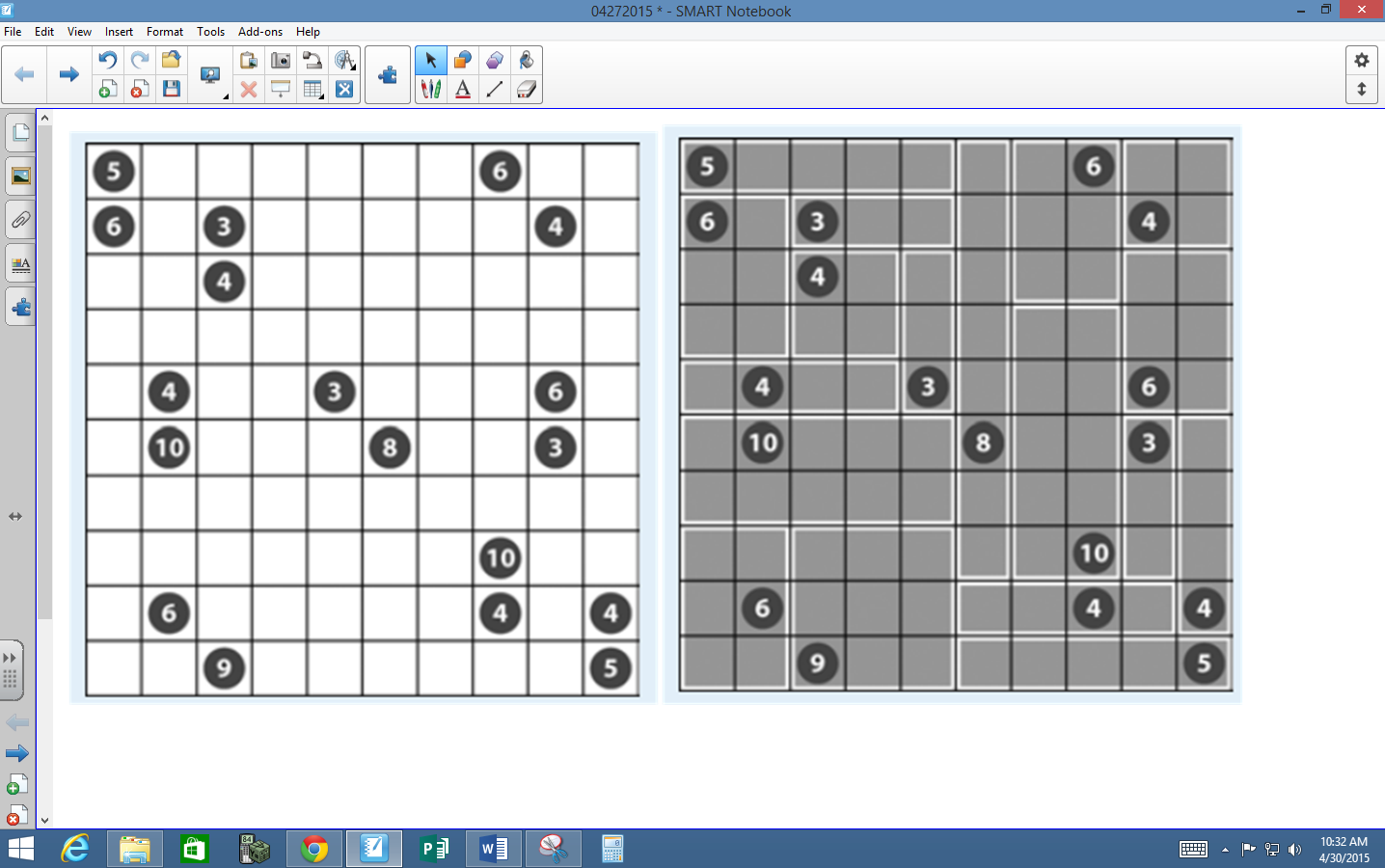
I placed the unsolved shikaku puzzle from the article on the SMARTBoard. I asked students to speculate as to what the rules of the puzzle were.
After a few suggestions, I asked students if it would help to see a completed puzzle. They were eager to see this.
At first several students proclaimed that this was too hard or impossible. And, of course, I followed this up with “This will take some time and effort.” In some class periods, a student said this second line instead of me.
Yay for growth mindset! It was really cool to see the light bulbs going off as students studied the screen. Soon, they decided that the circles told how many boxes were in each section.
Though, the room quickly erupted when one student claimed that each section must be a rectangle. Other students argued that squares were also allowed.
Some students claimed that every square was a rectangle. Several classmates were less than convinced.
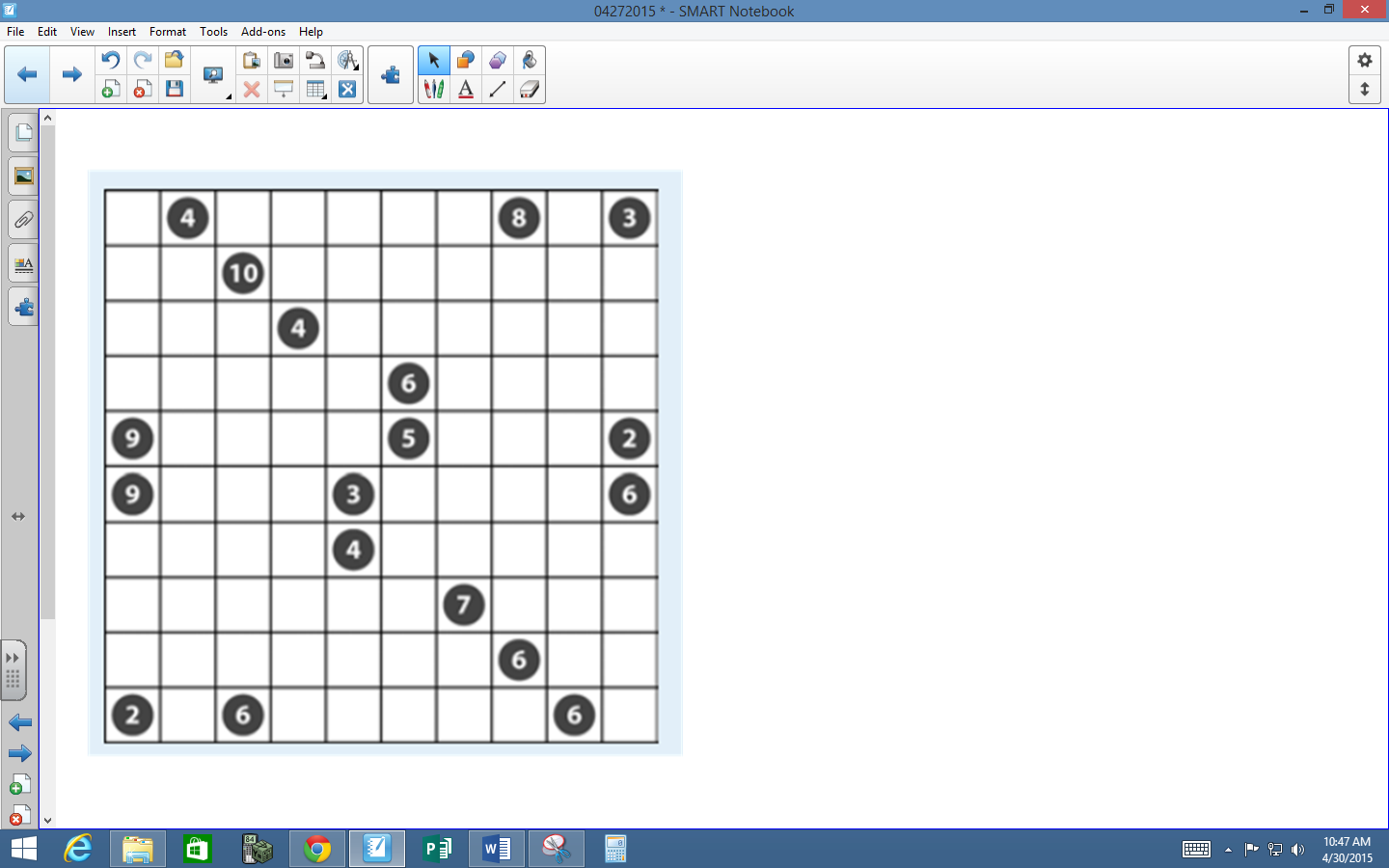
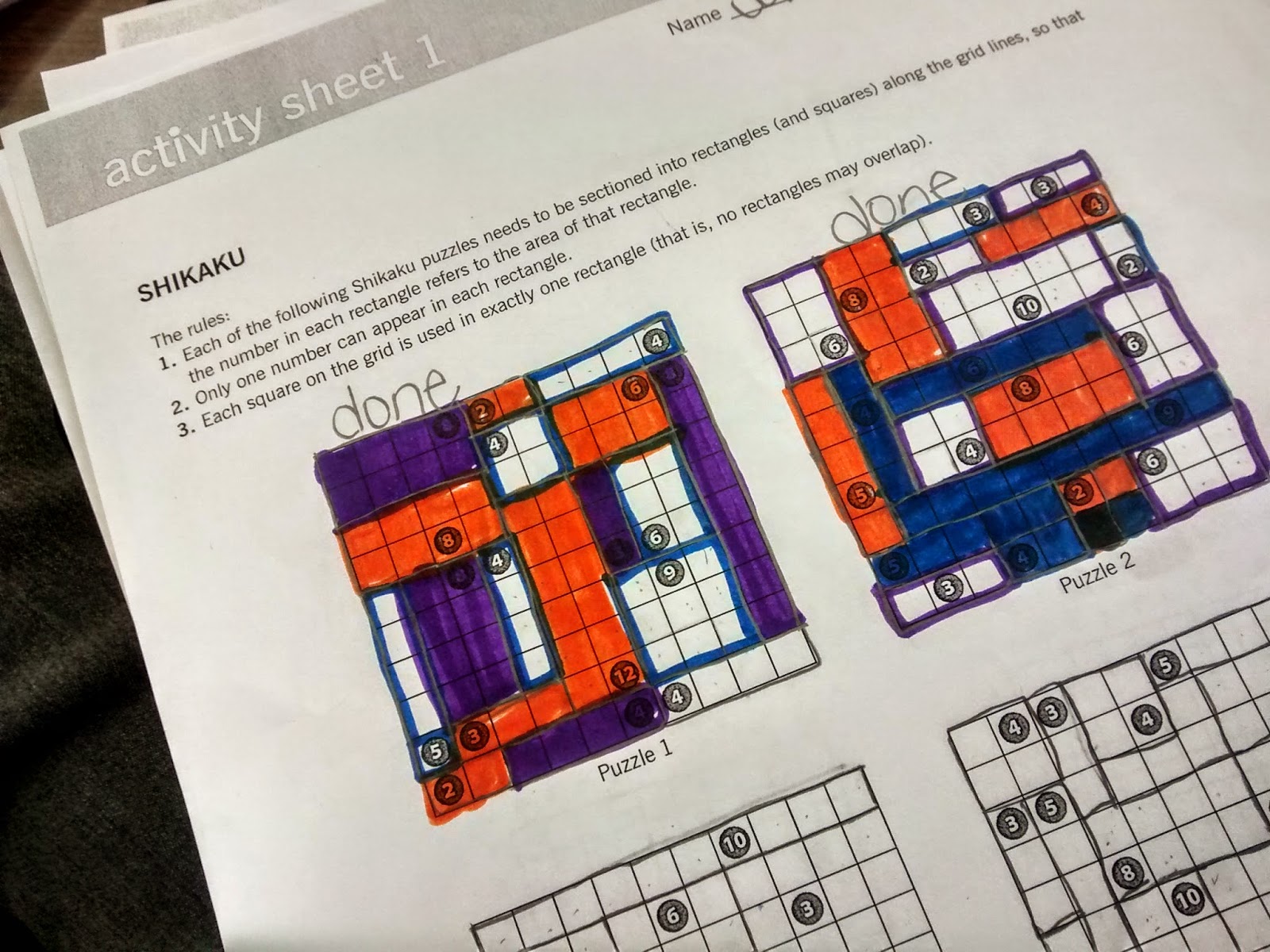
We also discussed the fact that the rectangles could not overlap, and the circle could be placed anywhere in the rectangle. With these rules, students were antsy to start a puzzle.
I put up a puzzle on the board to do as a class from the same NCTM article. Students came up one at a time and drew a rectangle where they thought it went. Some students were not using logic to place their rectangles.
But, I didn’t say a word. I figured the class would figure this out eventually. And, they did. They worked together to fix the mistakes.
After doing one puzzle as a class, I gave students the activity sheet from the NCTM article with 4 more shikaku puzzles. To receive their points for the day, they had to successfully complete two of the puzzles.
Most of the students agreed that they liked these puzzles better than the griddler puzzles from the previous day.
It was eye-opening to listen to students’ thinking as they worked these puzzles. One student claimed that if the circled number was odd, the boxes would always be in a straight line.
I hope they eventually realized that 9 broke this pattern. What they were actually noticing was the difference between prime and composite numbers!
These got my students thinking which is exactly what I want them to be doing during these last few weeks after testing and before the end of school. Several students came in the next day and asked for more of these puzzles to do.
I even have students who aren’t enrolled in my classes coming to me and asking for logic puzzles because they see their friends doing them. These puzzles are definitely a keeper!
Free Shikaku Puzzle Files
Seasonal Shikaku Puzzles
I have recently started creating shaped shikaku puzzles for different holidays and seasons. I will link them here as I create them.
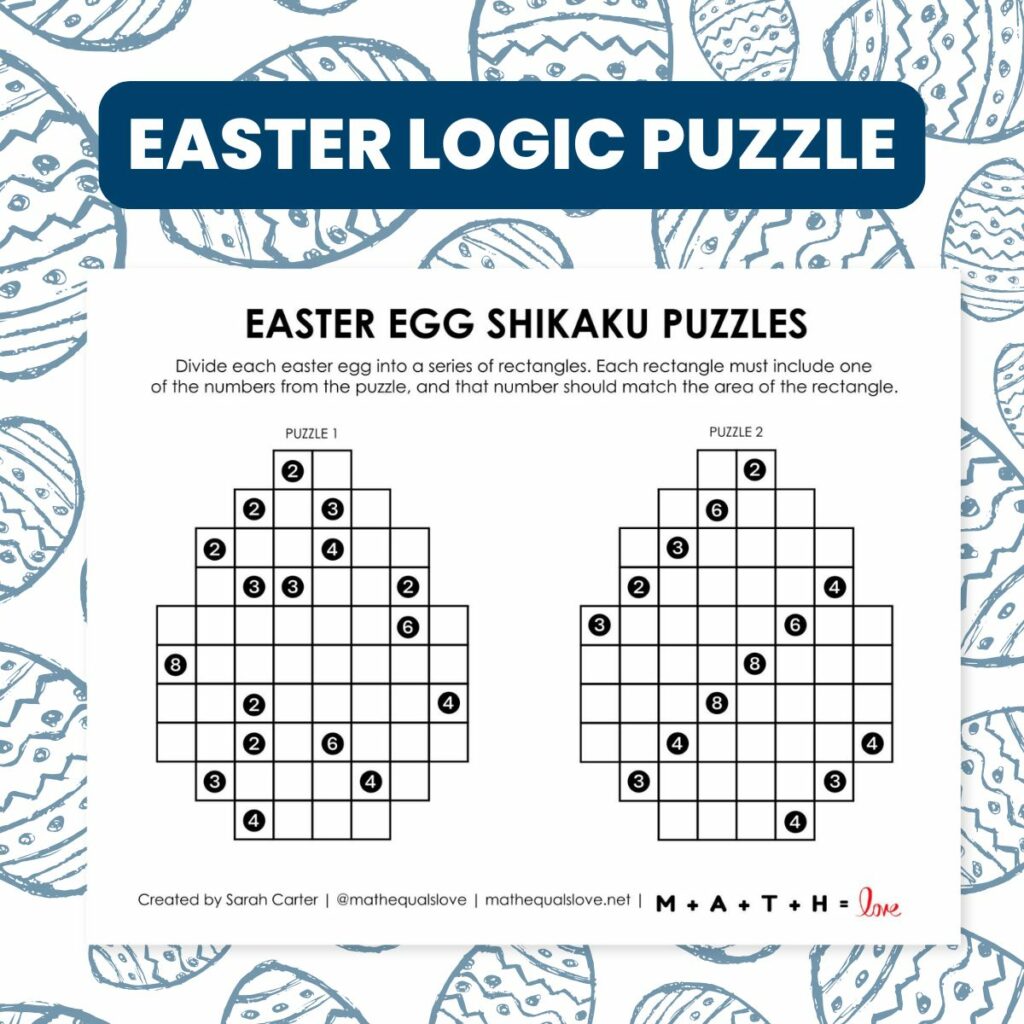
Shikaku Puzzles from Dr. Jeffrey Wanko
Want to do shikaku puzzles with your students? Dr. Jeffrey Wanko (the author of the NCTM article I mentioned above) has a free collection of shikaku puzzles (as well as several other Japanese logic puzzles) on his website.
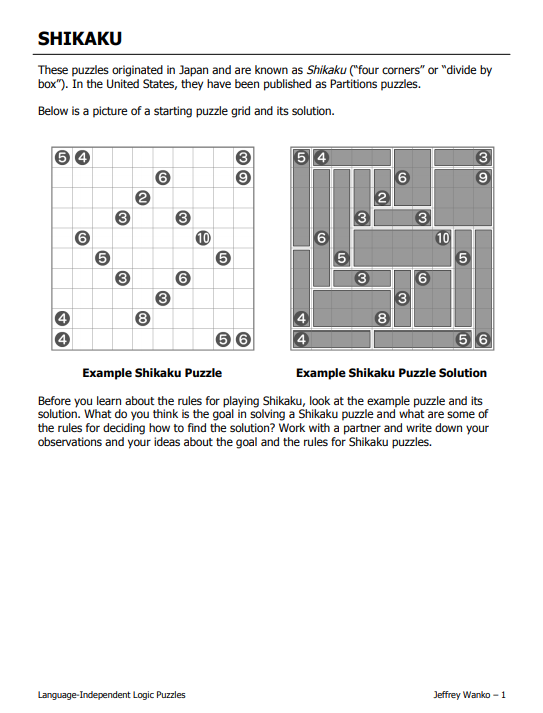
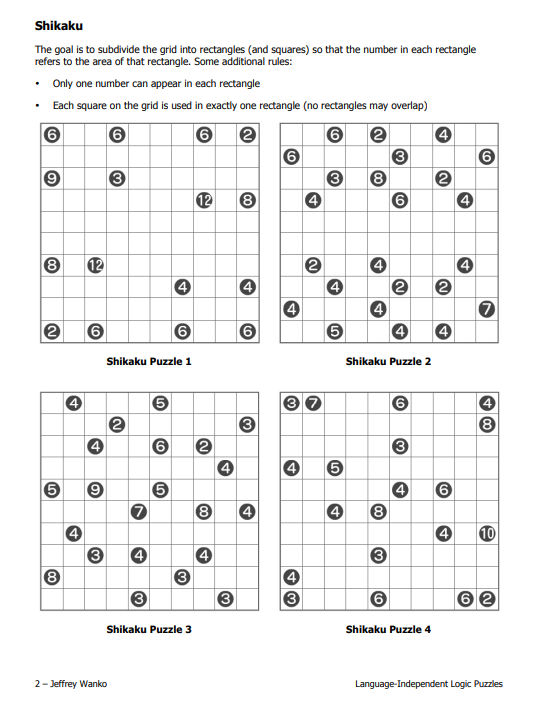
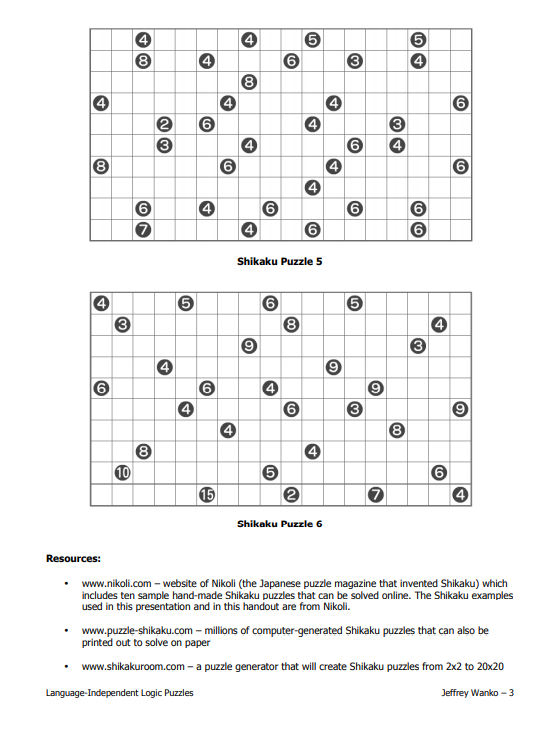
If you are looking for smaller shikaku puzzles, Dr. Jeffrey Wanko has you covered. He has another collection of shikaku puzzles from a 2012 NCTM Presentation (link no longer active, unfortunately).
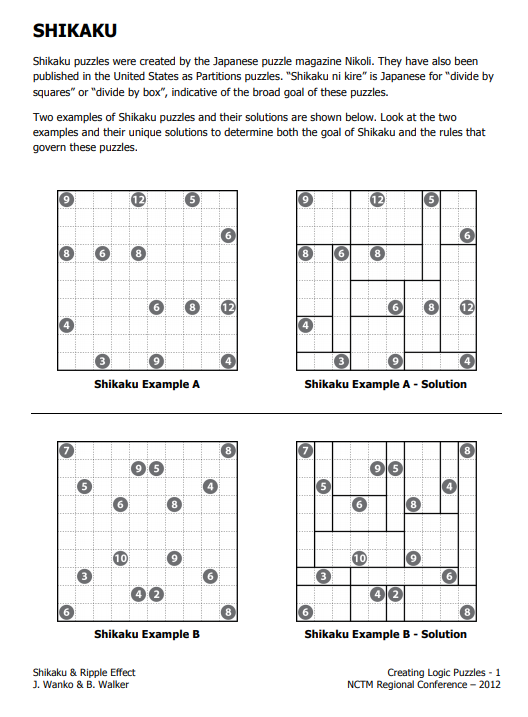
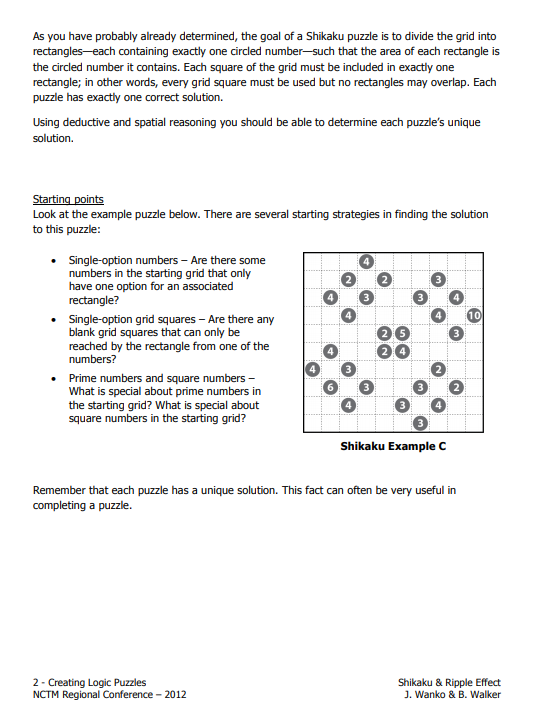
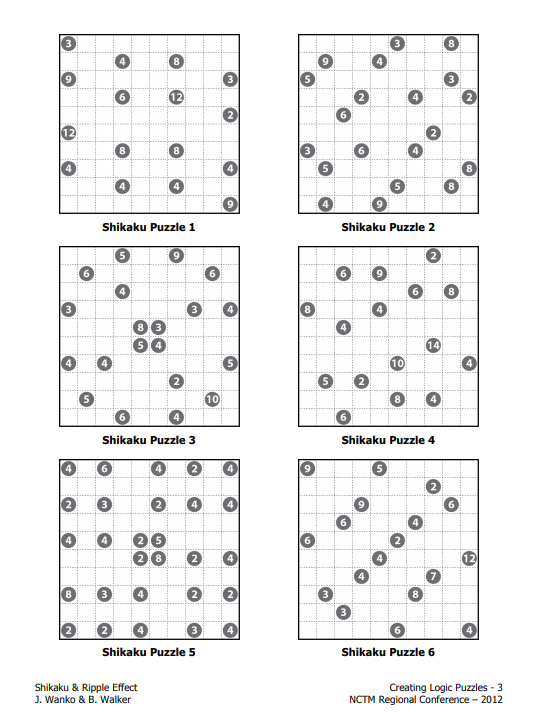
This file also includes several different 6 x 6 and 10 x 10 blank shikaku templates so you or your students can create your own shikaku puzzles.
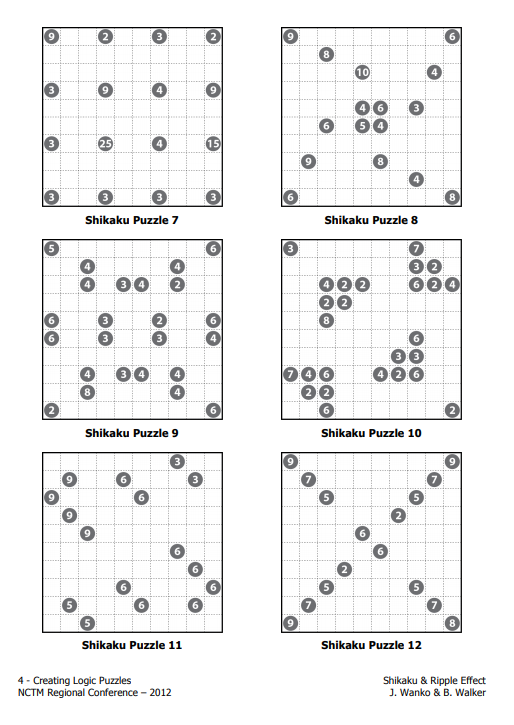
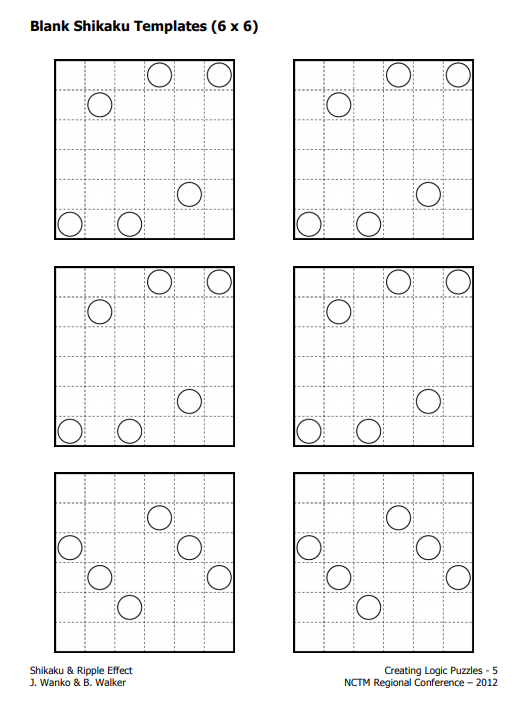
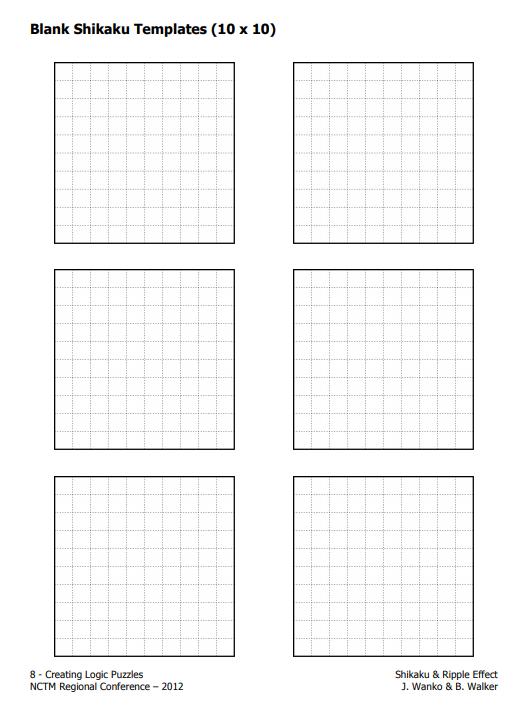
Looking for even more shikaku puzzles? I also found these two handouts with two weeks worth of shikaku puzzles for students to tackle.
Shikaku Puzzle from Naoki Inaba
Naoki Inaba has created his own set of free shikaku puzzles. They are slightly different than the puzzles shared above since the puzzle grids are irregular shapes.

Instead of putting the numbers in the grid, the numbers are placed below the puzzle to tell you how to sub-divide the grid.

This PDF file from Naoki Inaba contains 42 of these shikaku puzzles which get progressively harder.
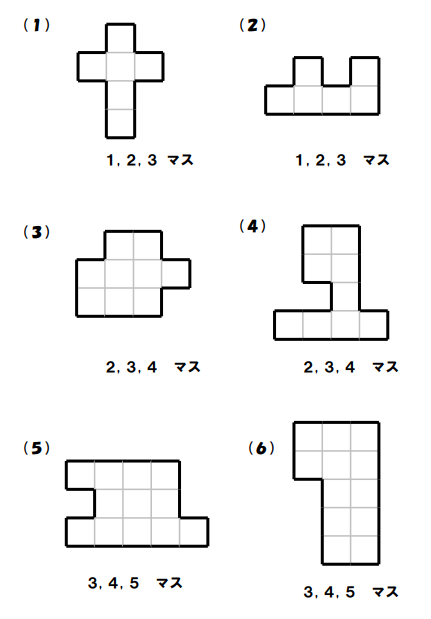
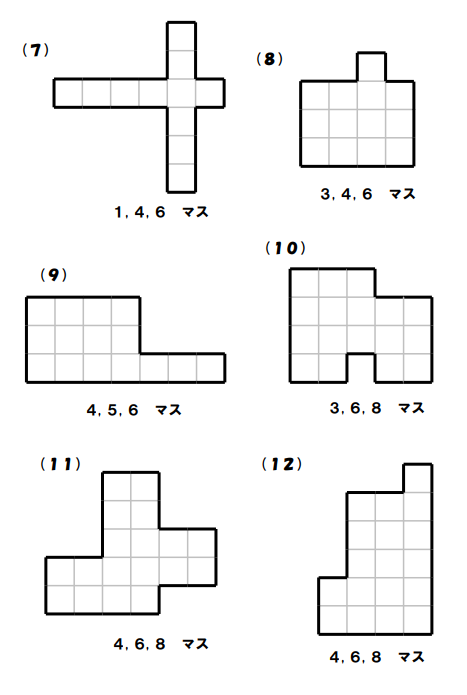
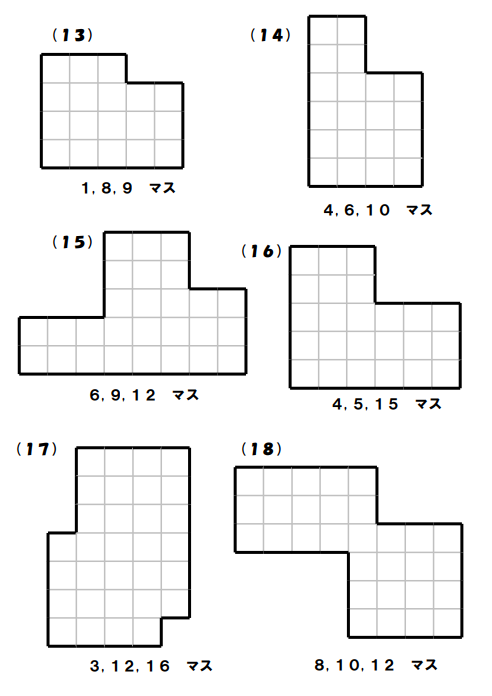
Miscellaneous Printable Shikaku Puzzles
Variations on Shikaku
Shape Shikaku
Walker Anderson shares a variation on shikaku called shape shikaku. In a traditional shikaku puzzle, the grid must be divided into rectangles. In shape shikaku, part of the grid is divided into rectangles.
The rest of the grid is divided into a specified number of a specified shape.
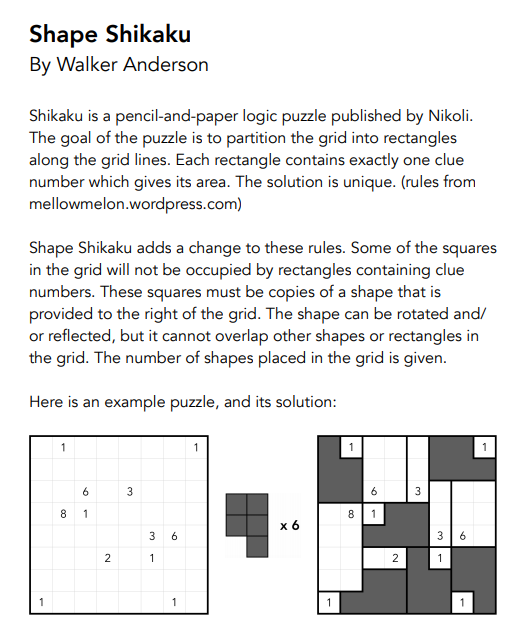
Pentomino Shikaku
Pentomino shikaku is like regular shikaku except the grid must be divided into rectangles AND pentominoes.
Shikaku with Gray Cells
In this version of shikaku, gray cells do not count! Here’s another set.
Puzzle Solutions
Puzzle solutions are available on a password-protected solution page. I do not openly post the puzzle answer keys because one of my goals as a resource creator is to craft learning experiences for students that are non-google-able. I want teachers to be able to use these puzzles in their classrooms without the solutions being found easily on the Internet.
Please email me at sarah@mathequalslove.net for the password to the answer key database featuring all of my printable puzzles and math worksheets. I frequently have students emailing me for the answer key, so please specify in your email what school you teach at and what subjects you teach. If you do not provide these details, I will not be able to send you the password.
Not a teacher? Go ahead and send me an email as well. Just let me know what you are using the puzzles for. I am continually in awe of how many people are using these puzzles with scouting groups, with senior adults battling dementia, or as fun activities in their workplace. Just give me enough details so I know you are not a student looking for answers to the puzzle that was assigned as their homework!

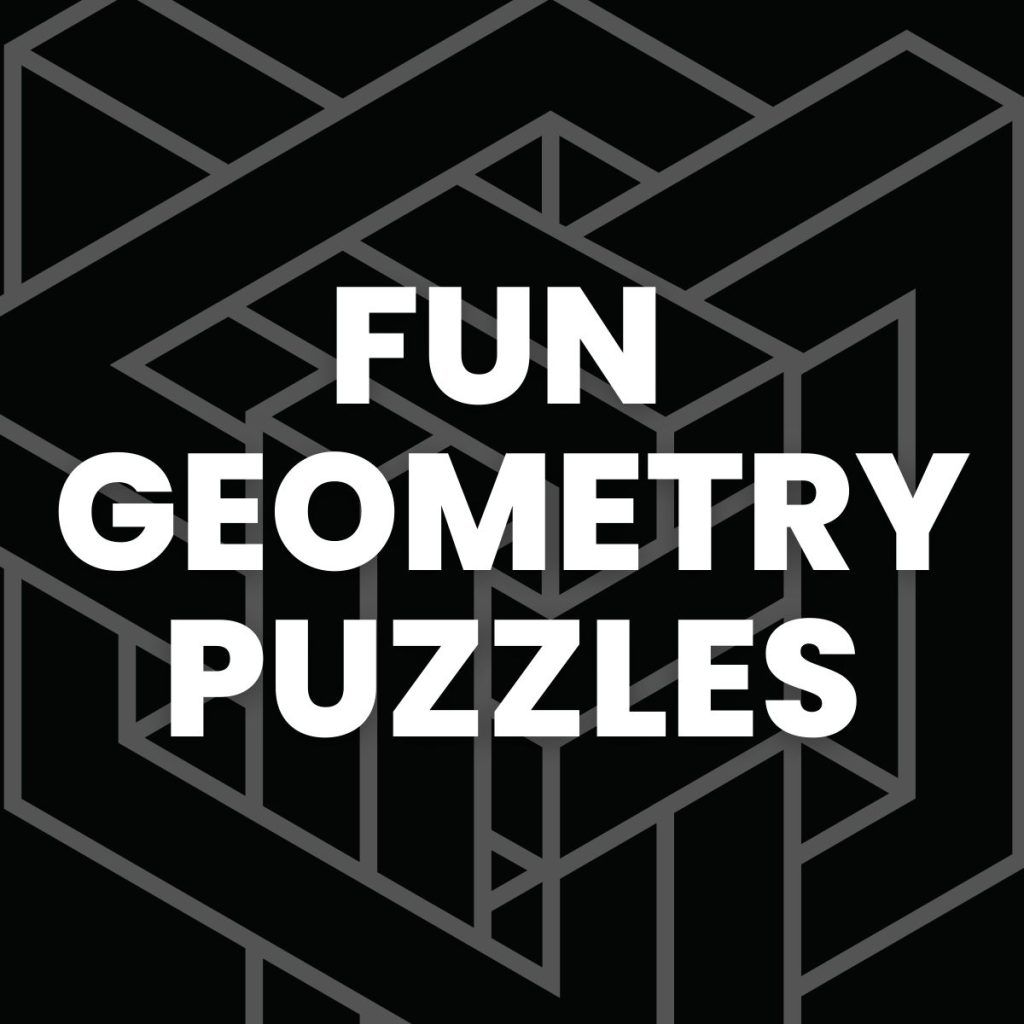


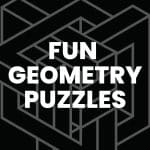
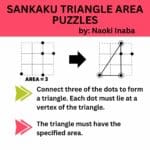



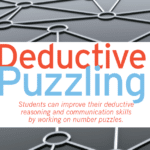

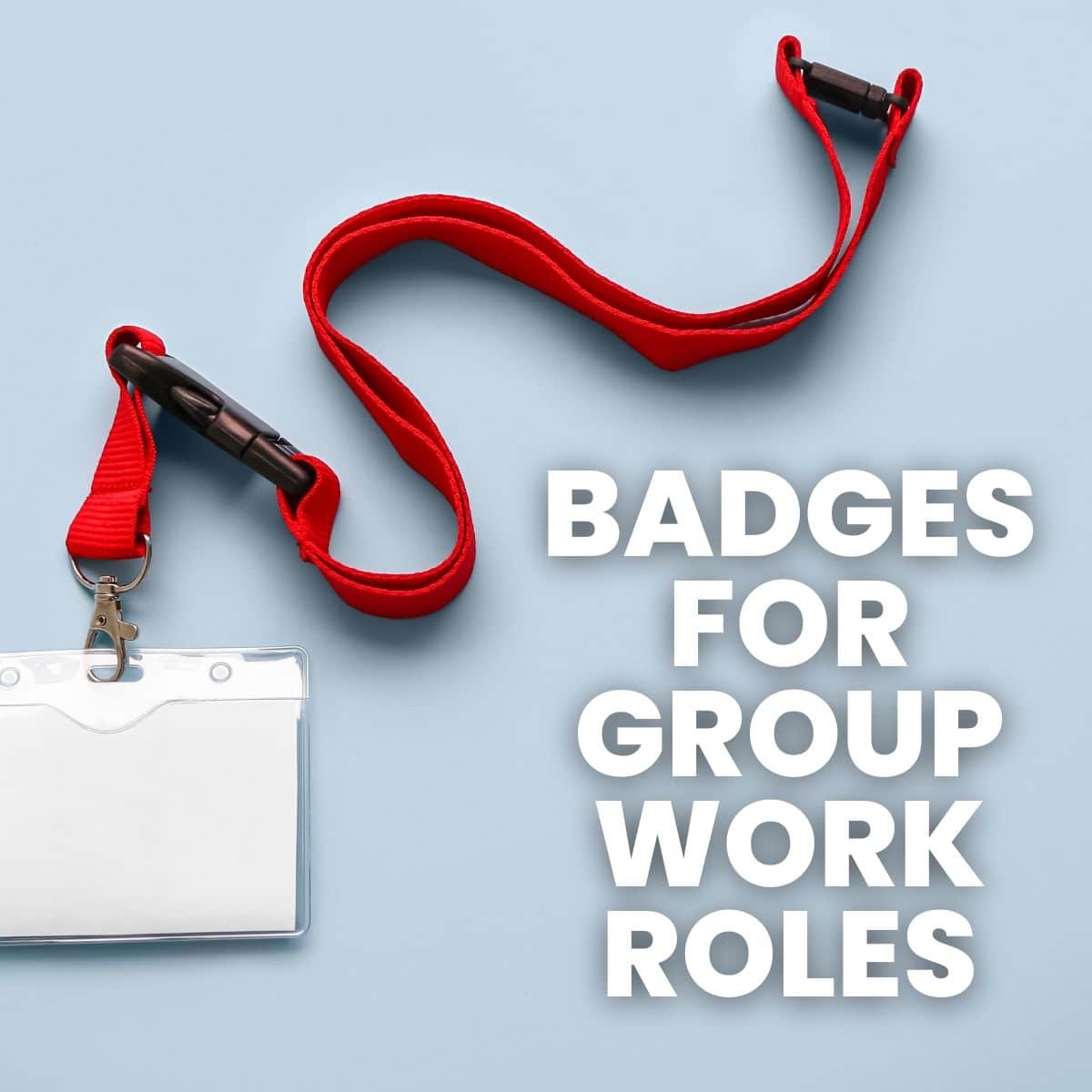

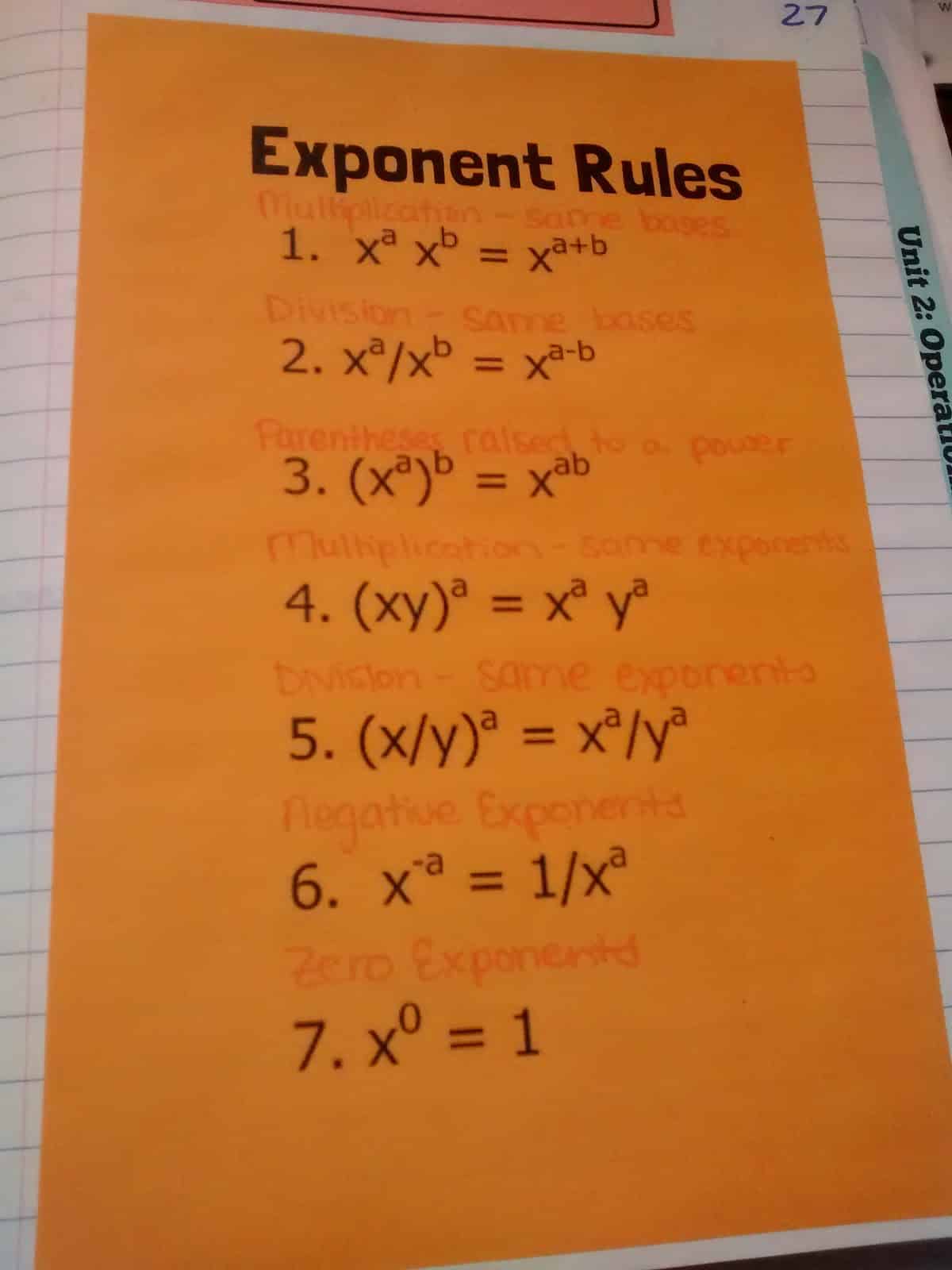
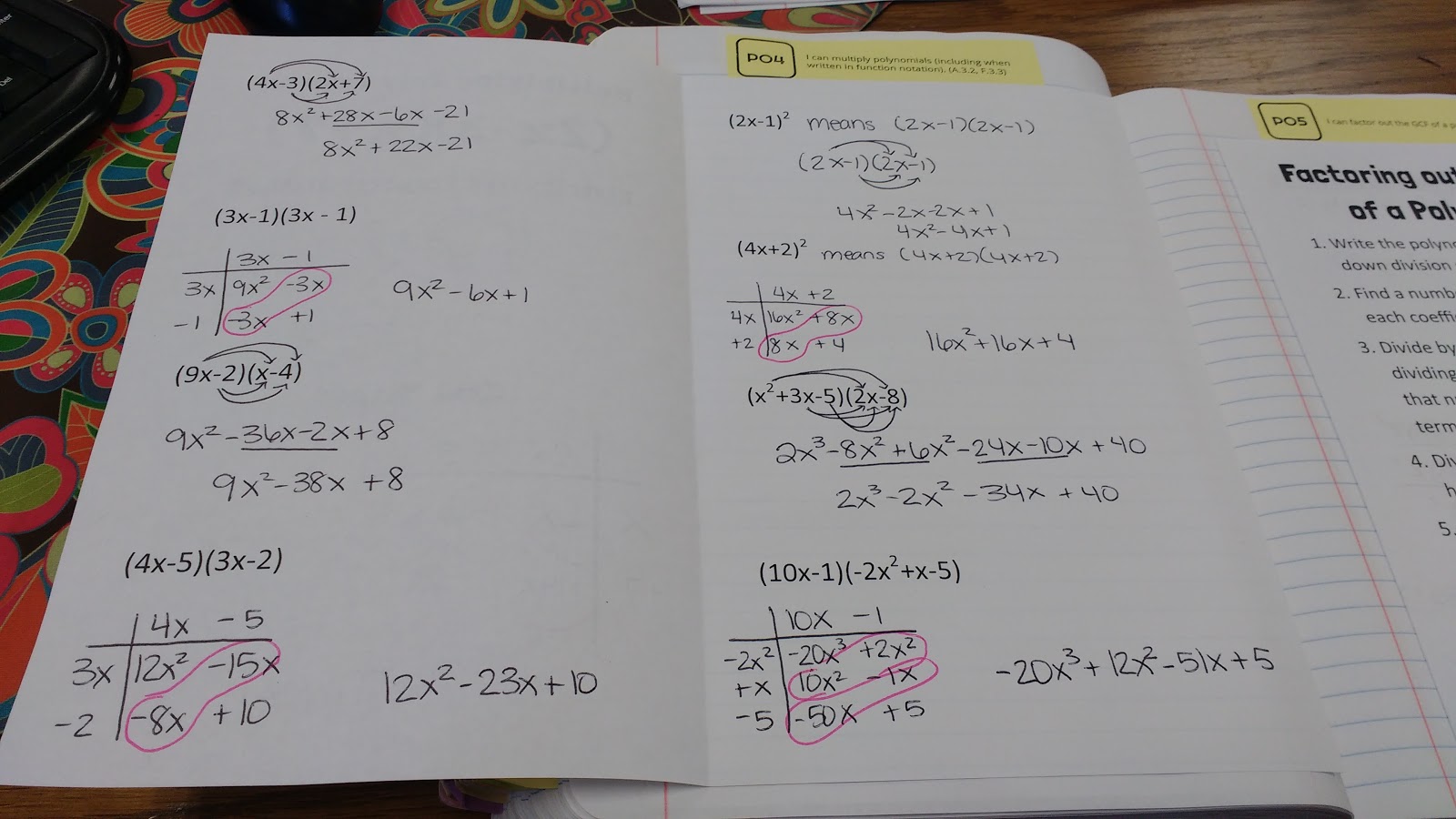

I have never seen these before! This is going to be part of my last week of school with the kids. Thanks again for everything you share:)
Hope your students love them as much as mine did!
My students had their End of Course Exam last Thursday and Friday, and like you, I think these last two weeks before the end of school are an excellent time to get my students convinced we are doing something "just for fun" while really introducing them to topics in mathematics that I don't usually get to teach. I have loved the logic puzzles you have posted (four fours was my fave!), but my students really took to the shikaku puzzles today! I handed out the same sheet of four puzzles, and had a handful of students ask me about 30 minutes through the class period if I had any others or more challenging versions because they had already finished the first four!
If you haven't heard about similar logic puzzle work from The Space Between the Numbers, I'd suggest looking around her blog! One starting point would be https://betweenthenumbers.wordpress.com/2010/10/17/puzzle-presentation/
Thanks for the link!